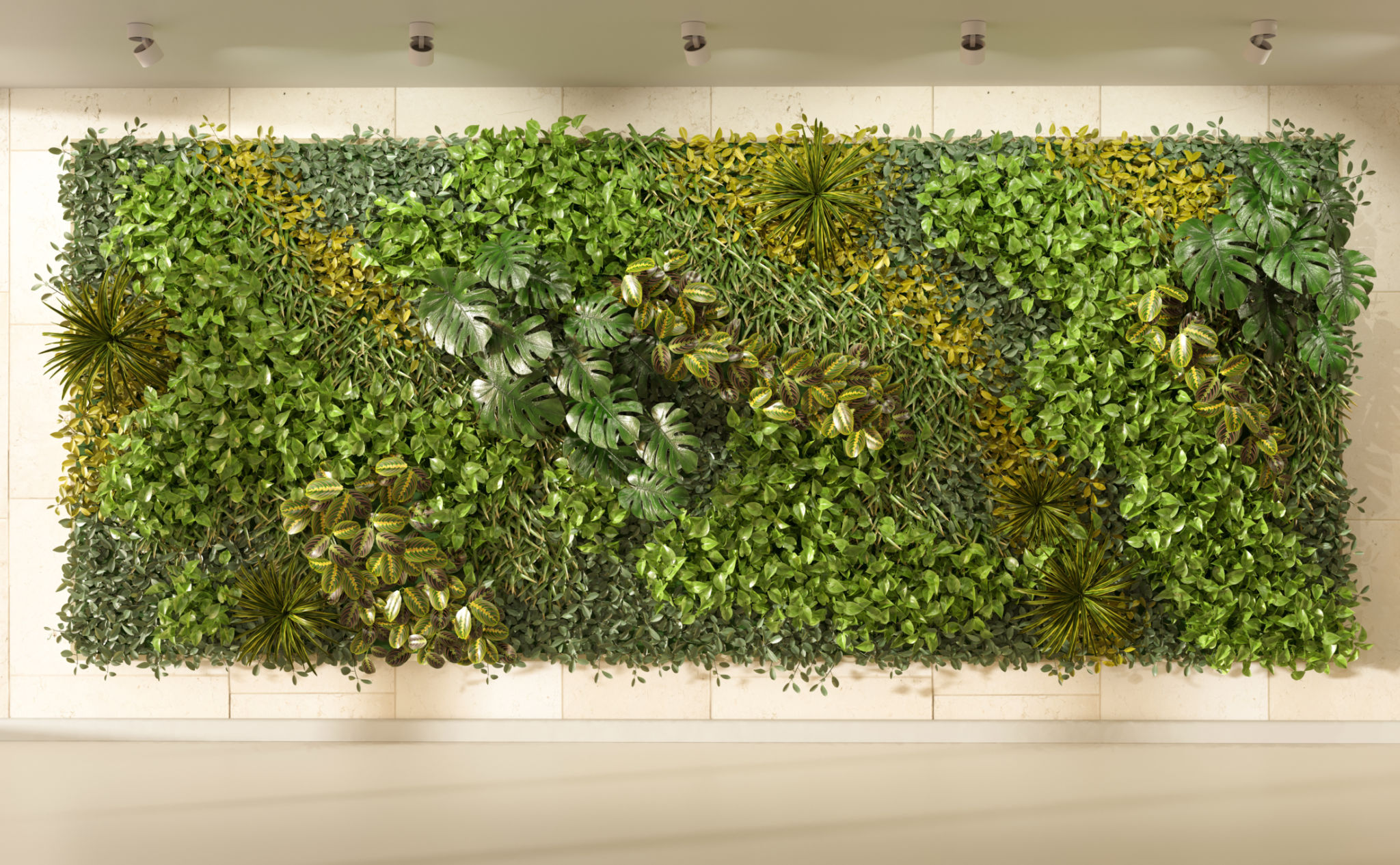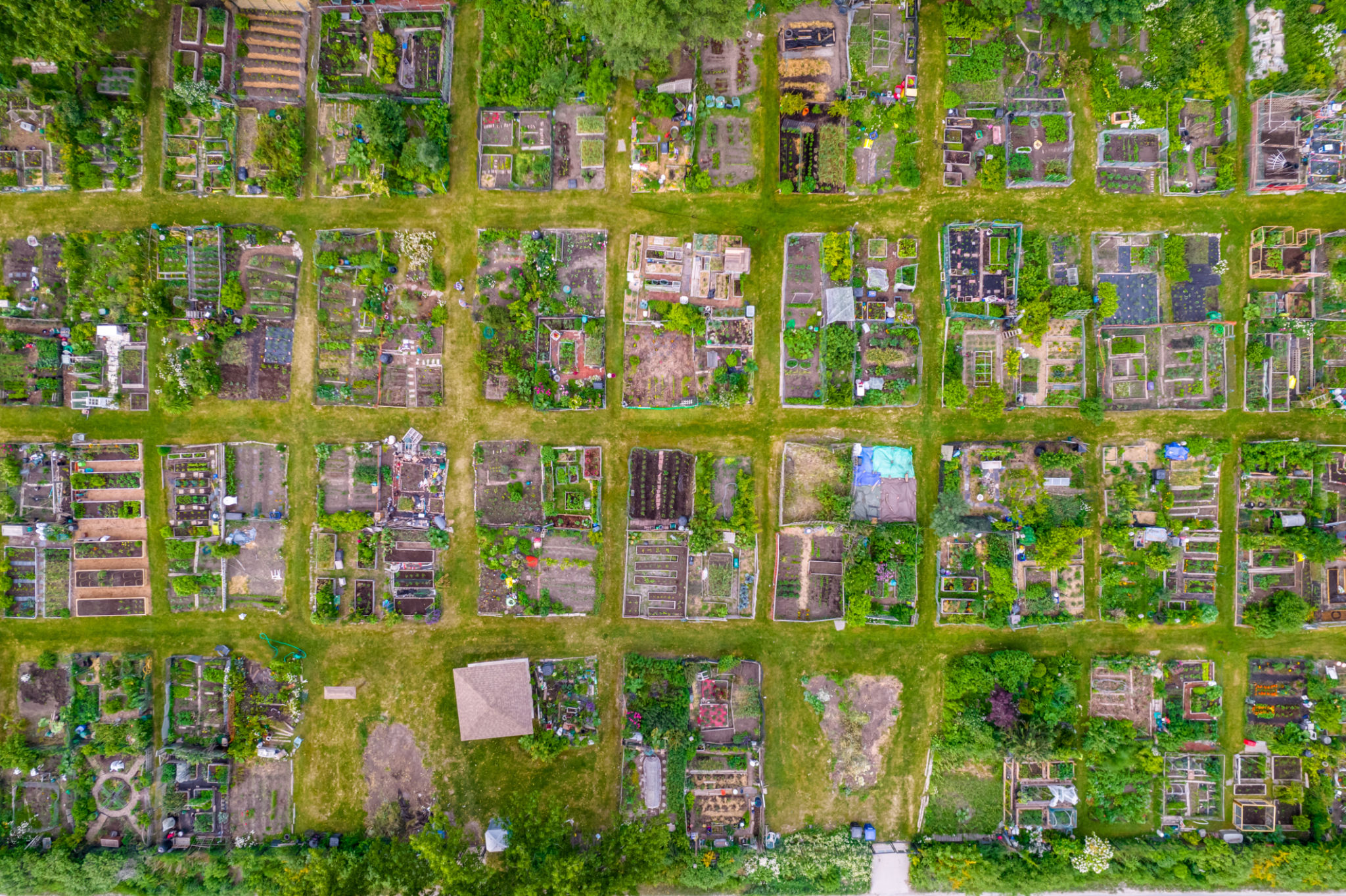A Complete Guide to Living Wall Systems: Transforming Urban Spaces
Living wall systems, also known as vertical gardens or green walls, are becoming a staple in urban design, offering a refreshing touch of nature amidst concrete jungles. These innovative structures not only enhance the aesthetic appeal of urban spaces but also provide a plethora of environmental and health benefits.

What Are Living Wall Systems?
Living wall systems consist of vertical panels that support various plant species. These systems can be installed on both interior and exterior walls, transforming ordinary surfaces into lush, green landscapes. The plants are typically grown in a specially designed medium that allows them to thrive in vertical conditions.
Types of Living Walls
There are several types of living wall systems, each with its own unique features and benefits. The most common types include:
- Hydroponic Walls: These systems use a water-based solution to deliver nutrients to the plants.
- Modular Panels: Pre-planted panels that can be easily installed and rearranged.
- Continuous Green Walls: Integrated systems that cover large expanses with a seamless appearance.

The Benefits of Living Wall Systems
Living walls offer numerous advantages beyond their visual appeal. They play a vital role in improving air quality by filtering pollutants and producing oxygen. This is especially crucial in urban areas where air pollution is a significant concern.
Moreover, living walls provide natural insulation, helping to regulate building temperatures and reduce energy consumption. This makes them an eco-friendly choice for sustainable architecture. Additionally, they can reduce noise pollution by absorbing sound, creating quieter and more peaceful environments.
Impact on Mental Health
Exposure to greenery has been linked to improved mental health and well-being. Living walls can create a calming atmosphere, helping to reduce stress and boost mood. This is particularly beneficial in workplace settings, where enhanced employee well-being can lead to increased productivity.

Design and Installation Considerations
When planning a living wall system, several factors need to be considered to ensure its success. These include the selection of plant species, the type of irrigation system, and the wall's structural integrity. It's essential to choose plants that are well-suited to the specific environmental conditions of the site.
Maintenance Requirements
Like any garden, living walls require regular maintenance to thrive. This includes ensuring sufficient water supply, replacing plants as needed, and managing pests. Automated irrigation systems can simplify maintenance by delivering precise water amounts directly to the plants.
In conclusion, living wall systems are a transformative addition to urban spaces, offering both aesthetic and practical benefits. As cities continue to grow, integrating more green infrastructure like living walls will be crucial for promoting sustainable urban development and enhancing quality of life.